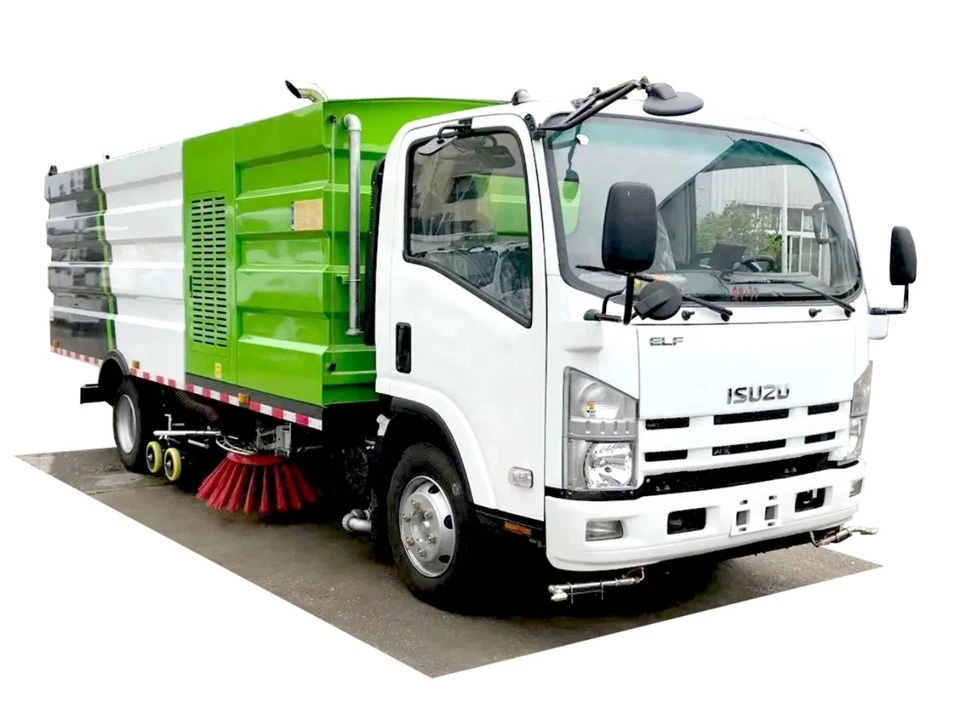Understanding 24 Yd: A Comprehensive Guide

Introduction
In the world of construction, landscaping, and material sizing, measurements play a crucial role. One such measurement that often comes up is 24 yards, abbreviated as 24 yd. Whether you’re planning a home improvement project, a landscaping job, or simply want to grasp the dimensions better, understanding 24 yd is essential. This comprehensive article will delve into the significance of 24 yards, practical applications, conversion insights, and frequently asked questions, ensuring you have all the information you need.
What is 24 Yards?
24 yards represents a unit of length in the Imperial system, commonly used in the United States and the UK. To give you a broader understanding, let’s break down the measurement further:
- 1 yard = 3 feet
- 1 yard = 36 inches
Thus, 24 yards can be calculated as:
- 24 yards = 72 feet
- 24 yards = 864 inches
Applications of 24 Yards in Various Industries
1. Construction
In construction projects, understanding how 24 yards fits into the plan is vital. For example, if you are laying a foundation for a small building or a patio, knowing material measurements can prevent shortages or excess. Concrete is often sold in cubic yards, so if a project requires 24 yd³ of concrete, one may note this is equivalent to:
- 864 cubic feet (since 1 yd³ = 27 ft³)
- 21,168 cubic inches
2. Landscaping

For landscaping, 24 yards can denote the amount of mulch, soil, or gravel needed to cover a certain area. If you plan to fill a garden bed measuring 10 feet by 4 feet and 1 foot deep, the volume in cubic yards can be calculated to find how many bags of material are needed.
| Material | Coverage per Yard | Amount Needed for 24 Yd |
|---|---|---|
| Mulch | 3 inches | Approx. 80 bags (based on 2 cubic feet per bag) |
| Soil | 6 inches | Approx. 48 bags (based on 2 cubic feet per bag) |
| Gravel | 3 inches | Approx. 80 bags (based on 2 cubic feet per bag) |

3. Sports and Recreation
In sports, particularly in fields like soccer and football, measurements can be vital for setting up fields and understanding distances. 24 yards might relate to penalty areas, corners, or even distances for throws in track and field events.
4. Fabric and Textiles
For those in the fashion or upholstery industry, understanding fabric lengths can be crucial. If a designer needs fabric for a project, buying 24 yards may be necessary for garment production or other textile applications.
5. Carpentry and Woodworking
Wood is often sold by the board foot, with measurements sometimes presented in yards for larger projects. A carpenter might need 24 yards of lumber to create outdoor structures like decks or fencing.
Converting 24 Yards to Other Measurements
Understanding how 24 yards converts to other units is essential for accurate planning and material purchasing. Below are some common conversions:
1. Yards to Feet
As previously mentioned, 24 yards equals:
- 24 yd = 72 ft
2. Yards to Meters
To convert yards to meters, use the conversion factor of 1 yard equaling 0.9144 meters. Therefore,
- 24 yd ≈ 21.95 meters
3. Yards to Inches
Since 1 yard equals 36 inches, 24 yards can be easily converted:
- 24 yd = 864 inches
Practical Tips When Working with 24 Yards
1. Measure Carefully
Before beginning any project that requires specific measurements, ensure you measure the space or materials carefully. Always double-check your calculations.
2. Understand Material Pricing
When purchasing materials measured by yards, understand how pricing works. Many suppliers quote prices per cubic yard; knowing the total amount needed can prevent overspending.
3. Use Online Calculators
Various online calculators can help simplify the conversion process if you find mathematical conversions cumbersome. Quick calculations can assist in effective planning.
4. Consider Waste and Spillage
When ordering materials, always factor in waste and spillage, known as the ‘waste factor.’ It’s wise to order slightly more material than calculated to account for this.
Common Mistakes to Avoid with 24 Yards
1. Underestimating Measurements
One of the most common errors in construction or landscaping is underestimating the amount of material needed. Always overestimate to ensure you have enough.
2. Ignoring Conversion Errors
When converting between units, ensure that you’re using the correct factors. Miscalculating conversions could lead to improper quantities.
3. Failing to Account for Depth
When calculating yardage for materials like soil or gravel, remember that depth is crucial for accurately estimating the required volume.
FAQ Section
1. How many cubic feet are in 24 cubic yards?
There are 27 cubic feet in each cubic yard. Therefore, 24 cubic yards is equal to 648 cubic feet (24 yd³ x 27 ft³/yd³).
2. How do I calculate how many yards I need for my project?

To calculate the yards needed, you can use the formula for volume. Measure your project’s dimensions in feet, calculate the volume in cubic feet, then divide by 27 to convert cubic feet to cubic yards.
3. Is 24 yards considered a large measurement?
In most contexts, 24 yards can be considered a significant measurement, especially for landscaping, construction, and fabric needs.
4. What are some common uses for 24 yards of fabric?
Common uses for 24 yards of fabric include making garments, curtains, and upholstery for furniture items. It may also be used in craft projects and home décor.
5. Can I convert 24 yards to centimeters?
Yes, to convert 24 yards to centimeters, multiply by 91.44. Therefore, 24 yards equals approximately 21,946.88 cm.
6. How can I estimate landscaping materials needed in yards?
Measure the area to be covered (length x width x depth), convert the dimensions to feet, then use the volume formula to find cubic feet. Finally, divide by 27 to convert cubic feet to cubic yards.
